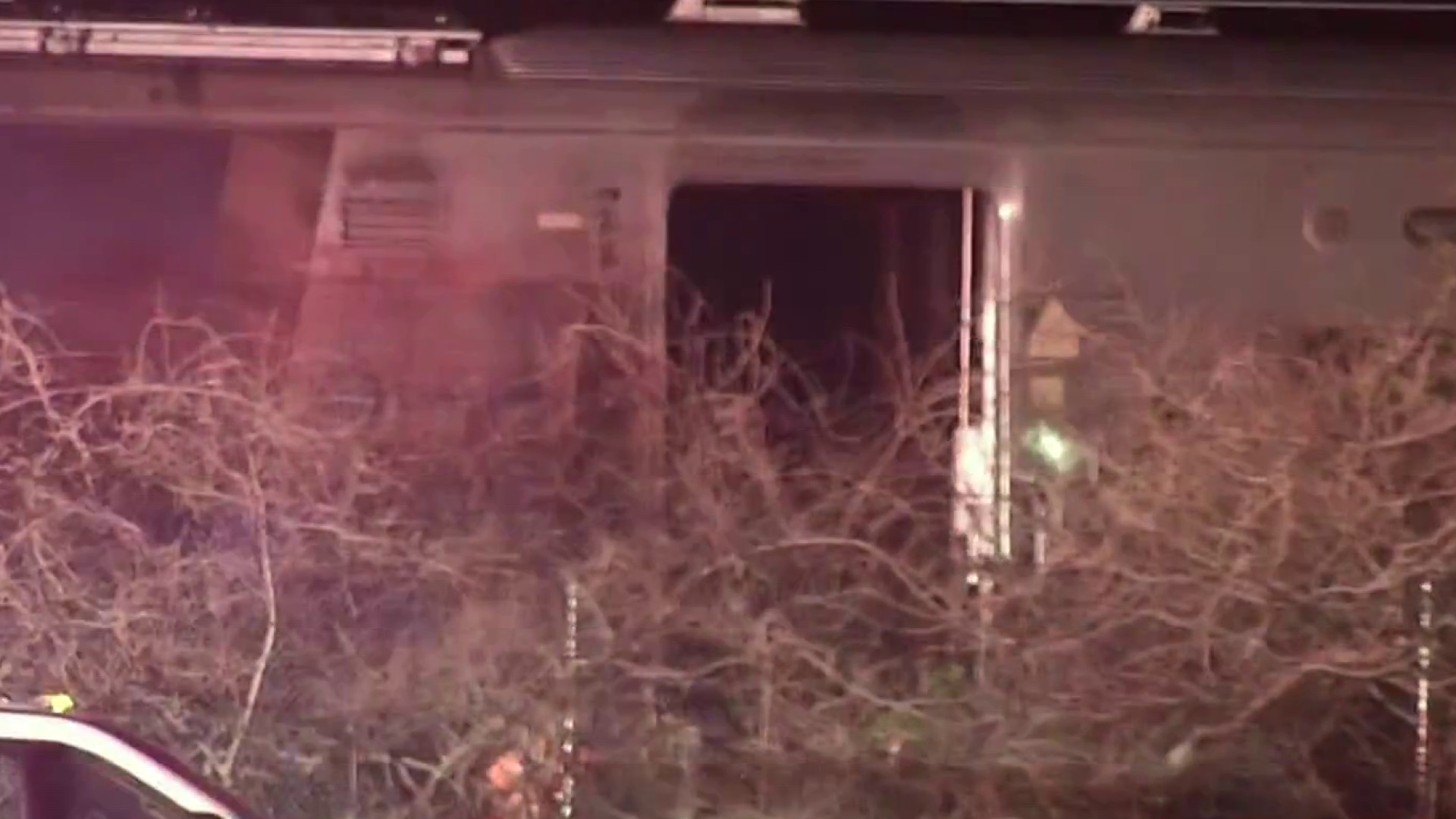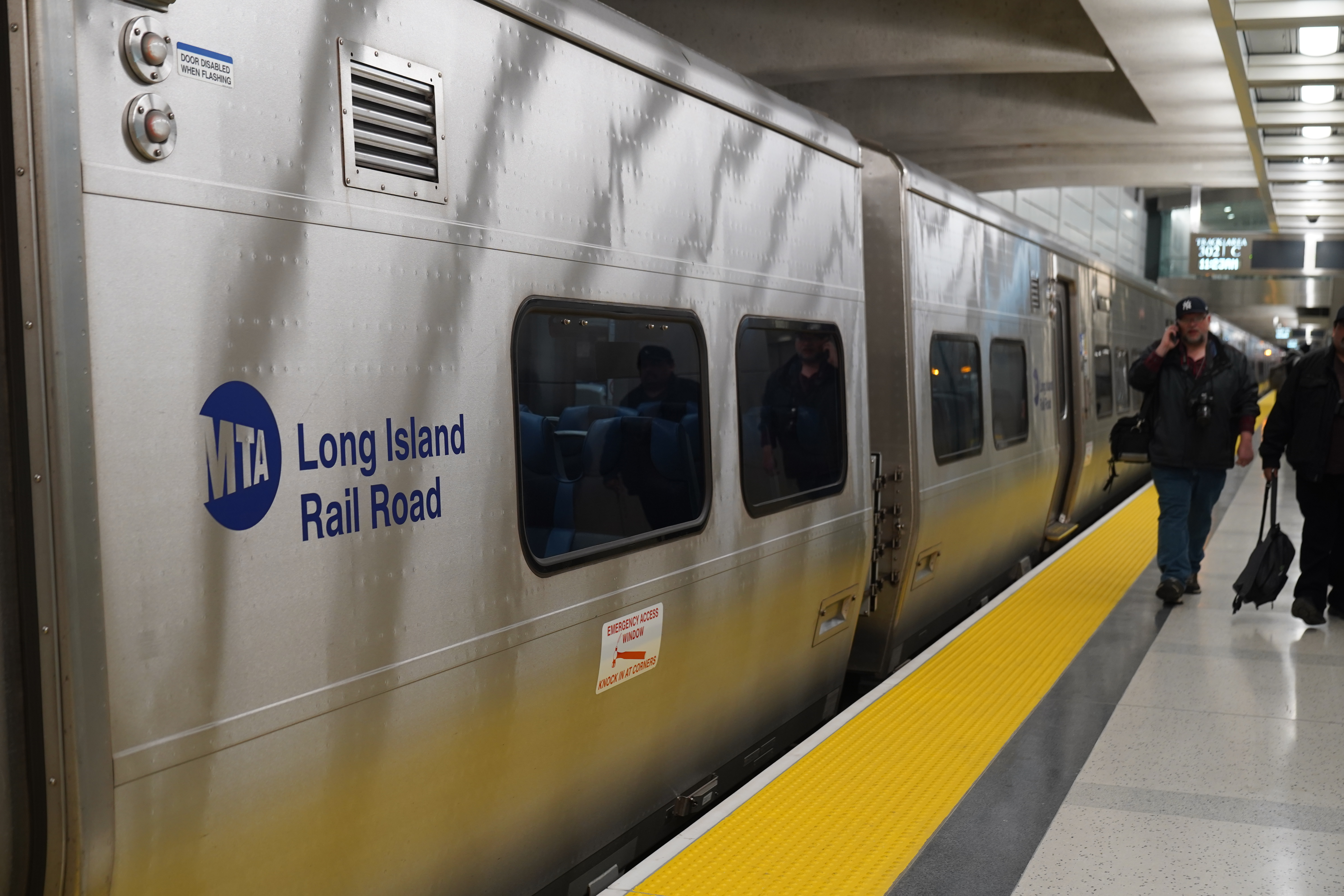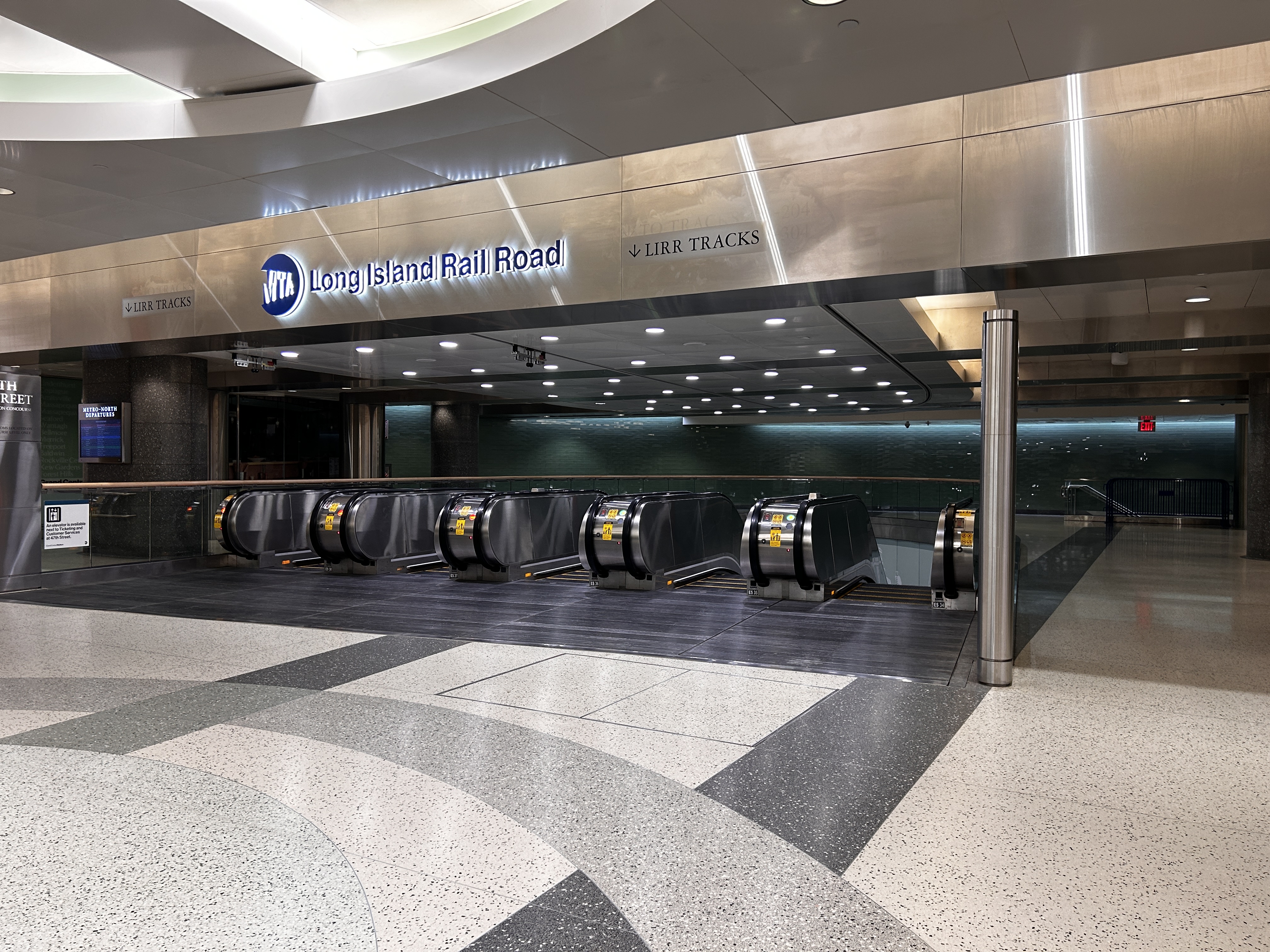LIRR Train Collision: Ronkonkoma Branch Impacted!
LIRR Ronkonkoma Branch Chaos: Train Collision Disrupts Service
Introduction: A Commuter's Nightmare on the Rails
Picture this: It's a Thursday evening, you're exhausted from a long day, and all you want to do is get home. You hop on the Long Island Rail Road (LIRR), ready for that familiar, rhythmic journey. But then, bam! Chaos erupts. A train slams into a car, turning an ordinary commute into a potential disaster. This is exactly what happened on the Ronkonkoma Branch recently, and it's something that could impact your Friday morning travel plans.
The Incident: A Train Meets a Car in East Farmingdale
According to the Metropolitan Transportation Authority (MTA), the incident occurred after 8 p.m. in East Farmingdale, specifically just west of the Pinelawn station. A Ronkonkoma Branch train collided with a car that was on the tracks near Wellwood Avenue. This immediately triggered a full-blown service suspension.
Location, Location, Location: The Impact Zone
East Farmingdale, situated in Suffolk County, is no stranger to the hustle and bustle of commuter traffic. Pinelawn station is a critical stop along the Ronkonkoma Branch. The location of the collision added to the complexity of managing the service disruption and rescue efforts.
Immediate Aftermath: Service Suspended, Commuters Stranded
Following the collision, the LIRR took swift action, suspending service in both directions between Hicksville and Ronkonkoma. Can you imagine the ripple effect? Hundreds, maybe thousands, of commuters suddenly found themselves stranded, scrambling for alternative transportation. The evening commute turned into a logistical nightmare.
Hicksville to Ronkonkoma: The Affected Zone
The suspension impacted a significant portion of the Ronkonkoma Branch. Hicksville is a major transfer point for many LIRR lines, making this suspension even more disruptive. Ronkonkoma, at the eastern end of the line, is a hub for eastern Suffolk County residents. The distance between these two stations meant a major section of track was unusable.
Passengers and Injuries: A Sigh of Relief?
While the driver's condition was initially unclear, the MTA later confirmed that there were approximately 90 passengers on board the train at the time of the crash. Thankfully, none of the passengers sustained any injuries. This is definitely a silver lining in what could have been a much more tragic event.
The 90 Passengers: A Collective Experience
Think about the collective experience of those 90 passengers. The sudden jolt, the screeching brakes, the uncertainty... It's an experience they won't soon forget. While physically unharmed, the emotional impact could linger.
The Driver's Condition: Unanswered Questions
As of the initial reports, the extent of the driver's injuries remained unclear. This uncertainty casts a shadow over the incident. Was it a minor fender-bender type scenario, or was the driver in critical condition? The investigation will hopefully shed more light on this.
Seeking Answers: The Investigation Begins
Authorities have launched a full-scale investigation to determine the circumstances leading up to the collision. The priority is to understand how the car ended up on the tracks in the first place.
The Unanswered Question: Why Was the Car on the Tracks?
This is the million-dollar question, isn't it? Why was the car on the tracks? Was it an accident? A mechanical failure? Or something more sinister? The investigation will need to explore all possibilities to determine the cause.
Potential Scenarios: Exploring the Possibilities
- Accidental Intrusion: Could the driver have accidentally driven onto the tracks, perhaps due to poor visibility or confusion?
- Mechanical Failure: Did the car experience a mechanical failure that left the driver stranded on the tracks?
- Deliberate Act: While less likely, the possibility of a deliberate act cannot be ruled out until the investigation is complete.
Friday Morning Impact: Prepare for Delays and Disruptions
The MTA issued a warning late Thursday, suggesting that the incident could have a significant impact on Friday morning service. What does this mean for you? It means you should be prepared for potential delays, cancellations, and overcrowded trains. Plan ahead, check the LIRR website or app for updates, and allow extra travel time.
Navigating the Chaos: Tips for Commuters
- Check the LIRR Website/App: Stay updated on the latest service announcements and alerts.
- Allow Extra Travel Time: Expect delays and plan your commute accordingly.
- Consider Alternative Transportation: If possible, explore other options like buses, ride-sharing, or working from home.
- Be Patient and Courteous: Everyone is in the same boat. Let's be kind to each other and LIRR staff.
The Ongoing Investigation: Seeking Clarity and Accountability
The investigation is ongoing, and it's crucial to uncover all the facts surrounding the incident. Transparency and accountability are key to preventing similar incidents in the future. The MTA and law enforcement agencies must work diligently to determine the cause and implement necessary safety measures.
Preventative Measures: Looking Ahead
What steps can be taken to prevent future collisions of this nature? This incident should serve as a catalyst for reviewing safety protocols, infrastructure maintenance, and public awareness campaigns.
A Reminder of Rail Safety: Stay Vigilant and Aware
This incident serves as a stark reminder of the importance of rail safety. Whether you're a driver, a pedestrian, or a passenger, it's crucial to stay vigilant and aware of your surroundings near railroad tracks. Always obey warning signs and signals, and never attempt to cross tracks when a train is approaching.
Safety First: Practical Tips for Everyone
- Never Cross Tracks Illegally: Use designated crossings and always obey signals.
- Be Aware of Your Surroundings: Pay attention to train schedules and be alert for approaching trains.
- Report Suspicious Activity: If you see something, say something. Report any suspicious activity near railroad tracks to the authorities.
Conclusion: Lessons Learned and Moving Forward
The LIRR train collision on the Ronkonkoma Branch was a scary incident, underscoring the potential dangers of railroad crossings and the ripple effect a single event can have on thousands of commuters. While thankfully no passengers were injured, the incident serves as a crucial reminder of rail safety and the need for ongoing vigilance. The investigation will reveal the full story, hopefully leading to preventative measures that ensure such incidents become far less common. Remember to check for LIRR updates before your commute and stay safe out there!
Frequently Asked Questions (FAQs)
- What caused the LIRR train to collide with the car?
The exact cause is still under investigation. Authorities are looking into several possibilities, including accidental intrusion, mechanical failure, and potential deliberate acts.
- Will the Ronkonkoma Branch service be affected tomorrow?
The MTA warned that Friday morning service could be impacted. Check the LIRR website or app for the latest updates and allow extra travel time.
- Were there any injuries to the train passengers?
Thankfully, none of the approximately 90 passengers on board the train sustained any injuries.
- Where exactly did the incident occur?
The collision happened in East Farmingdale, just west of the Pinelawn station, near Wellwood Avenue.
- What can I do to stay safe near railroad tracks?
Always obey warning signs and signals, never cross tracks illegally, and be aware of your surroundings. If you see something suspicious, report it to the authorities.


